I had this Chinese adjustable 2 kW SMPS (0-24 V and up to 60 A) for few years now and everything was fine with it, but recently it let some smoke out and blew a fuse, it could still be turned on and seems to work, though I didn't try it at high load, just couple amps and 12 V.
I opened it up (I'm not completely inept when it comes to electronics, so please let's skip the danger talk, I'm fully aware of the high voltage in SMPS), found the "smoking gun", which was the 680 ohm/1 W in parallel with the 1 uF cap (diagram below), one of the legs was melted from what looked like a short to the other leg (PCB was very dirty, there was no charring of the board at all), cleaned it up, replaced it with another 1 W 680 resistor, turn it on, and it starts to heat up and burn the paint on the resistor.
So I'm at a bit of a loss as to what would cause this, both 1uF desoldered, measure within the 10% on a cheapie ESR meter, rectifier measures fine also.
Transistors on high voltage side measure ok (didn't desolder, was looking for shorts), and so does the rectifier on the low voltage side.
Any ideas what would cause enough current through that resistor to heat it up so badly? Note that the original resistor had no signs of heat, the colors are readable, it had one of its legs disintegrate (I suppose from the dirt on the PCB shorting to adjacent track that was the other AC input line). I tried a 5 k 0.5 W resistor I had at hand there, same deal, starts to burn the paint and smoke.
This is the diagram what the input looks like, I left out the thermistor/relay circuit for inrush current limitation, since I figured it couldn't be at fault. I also left out the small caps from each AC leg to ground, they were also ok when measured desoldered.
